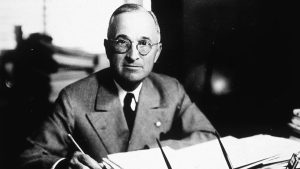A CBS News/YouGov survey conducted in 2024 found that extreme weather events, such as hurricanes, wildfires, and record heat, are driving public opinion on climate change. The majority of Americans believe that the U.S. needs to address climate change, with a sense of urgency to do so within the next few years. This urgency is felt more strongly by those who have experienced extreme weather events, with half of the country reporting such experiences in recent years. Those who have experienced extreme weather are more likely to see climate change as a major factor contributing to these events and believe that immediate action is necessary.
The survey also found that most Americans believe that humans can do something to slow the effects of climate change, and many feel personally responsible to take action. Younger Americans, particularly those under age 45 who were taught about climate change in school, are more likely to support measures to address climate change. However, political divides on the issue remain, with Democrats expressing more concern than Republicans. Democrats are more likely to believe that climate change needs to be addressed immediately and support steps to reduce it, while Republicans are more divided on the issue.
Within the Republican party, there are divisions along age and ideological lines when it comes to climate change. Younger Republicans are more supportive of taking steps to slow or stop climate change, while older Republicans are less likely to support such actions. Additionally, more moderate Republicans tend to see climate change as a more pressing issue compared to conservative Republicans. Those within the GOP who have experienced extreme weather in their local area are more likely to believe that climate change needs to be addressed.
Overall, the survey reflects a growing concern among the American public regarding climate change and its impacts. While there are still political divisions on the issue, the majority of Americans agree that some form of action needs to be taken to address climate change. With extreme weather events becoming more common, there is a sense of urgency to address the issue and work towards solutions that can help mitigate its effects.
















